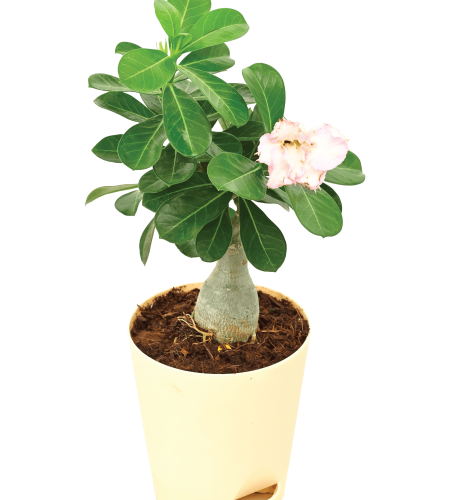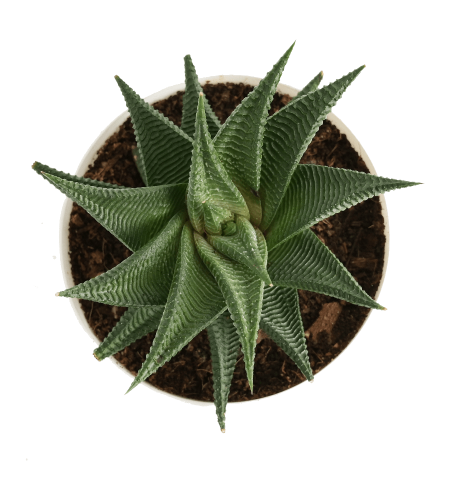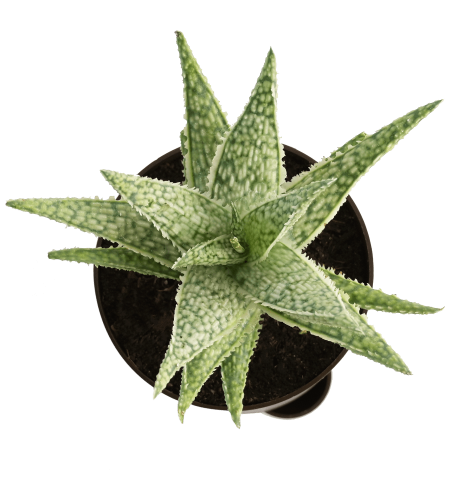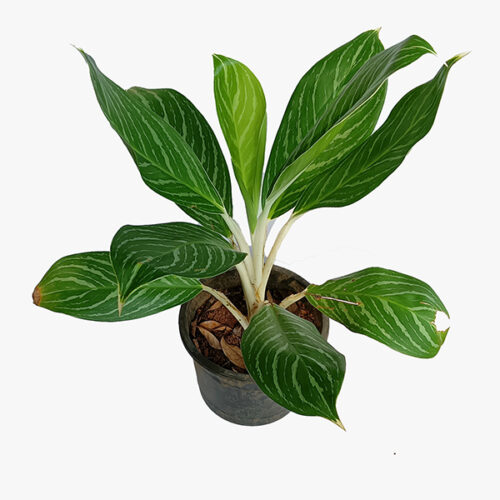Proserpinaca Palustris [Tc] or Proserpinaca palustris, often known in the business as Mermaid weed, can be found in nature in both North and South America. Despite its lengthy history in the hobby, the plant has never been very popular with enthusiasts, maybe due to its vast size or the difficulties in growing it to good shape. The colour of Proserpinaca palustris ranges from greenish to orangey red. It is a stem plant that can grow as tall as big aquariums and has a circumference of 3 to 4 inches when fully grown. It has unique serrated leaves that give the plant’s foliage an appealing sawtooth appearance. It makes an eye-catching midground or background bush. When developed, its big size makes it more ideal for larger tanks. Because of its large canopy, it will provide significant shade to the surrounding area. Proserpinaca palustris, often known as Mermaid weed in the business, can be found in the wild in both North and South America. Despite its lengthy history in the hobby, the plant has never been very popular with enthusiasts, maybe due to its vast size or the difficulties in growing it to good shape. Fortunately, it is not a quick grower; it grows at a modest rate even if it will become enormous over time. Unlike many other stem plants, this plant does not produce a lot of lateral shoots as it grows. While it can be clipped straight, discarding the top and leaving the bottom half of the stem to grow side shoots, cutting and replanting the top, discarding the bottom, is usually neater. If you conduct repeated straight trims on this plant, it will become quite unkempt. Cutting and replanting the top as well as any side shoots that develop will often result in a neater bush. Mermaid weeds enjoy a brightly lit aquarium. To bring forth its best hues, higher PAR (100+ umols) combined with a stronger red/blue spectrum is required. It also prefers high levels of CO2 and nutrition availability, without which the plant becomes thinner and smaller. There is a strong relationship between CO2/nutrient availability and plant size, making it a useful indicator plant for those parameters. Remove the top and replant it, leaving the bottom rooted section to produce new shoots. As the plant grows higher, it will naturally generate side shoots. These can be pruned and replanted elsewhere. Proserpinaca Palustris, popularly known as Mermaid Weed, is a common aquatic plant found in the South Eastern United States and South America. The plant is known to flourish in marshes, however it may grow in a range of situations due to its adaptability. The plant’s appearance and growth features are frequently diverse. The plant has developed a vast range of variants that are dependent on the region in which it thrives. It is a fantastic aquatic plant for novices since it adapts well to changing conditions. Proserpinaca Palutstris, also known as Mermaid Weed, is one of the most beautiful freshwater plants due to its remarkable appearance. This odd plant’s leaves start out green and gradually turn a reddish-pink tint. As great as Mermaid Weed is, it is recommended that if you are a newbie enthusiast, you wait until you are a little more adept before attempting to grow such plants. Because of its proclivity for extensive shedding, controlling the lighting and water conditions is crucial. If you’re just getting started in the aquarium hobby, you should generally start with the fish and then move on to the plants.
Proserpinaca palustris [Hybrid Pot], also known in the industry as Mermaid weed, can be found in the wild in both North and South America. Despite its long history in the hobby, the plant has never been particularly popular with enthusiasts, possibly due to its enormous size or the difficulties in growing it to a healthy state. Proserpinaca palustris ranges in colour from greenish to orangey red. When fully grown, it is a stem plant that can grow as tall as large aquariums and has a circumference of 3 to 4 inches. It has distinctive serrated leaves that give the plant’s foliage a sawtooth appearance. It’s a striking midground or background bush. Its large size when developed makes it more suitable for larger tanks. It will provide significant shade to the surrounding area due to its large canopy. Varietal differences explain why some plants have finerly split leaves. Larger leaves are found in plants that are well fed and have access to high CO2 levels. Fortunately, it is not a fast grower; it grows slowly at first, but eventually grows enormously. This plant, unlike many other stem plants, does not produce a lot of lateral shoots as it grows. While it can be clipped straight, discarding the top and leaving the bottom half of the stem to grow side shoots, it is usually neater to cut and replant the top, discarding the bottom. This plant will become quite unkempt if you repeatedly trim it straight. Cutting and replanting the top of the bush, as well as any side shoots that develop, will usually result in a neater bush.
Size of Proserpinaca Proserpinaca Palustris [Tc]
The average Proserpinaca Palustris [Tc] grows to X inches on the small end and X inches on the large end.It can reach heights of 4-16 inches and widths of 2-6 inches. In emergent growth, the leaves are more circular and noticeably green. In this growth mode, this plant will keep true to its common phrase and proliferate profusely via seeds.
Native Habitat and Origin of Proserpinaca Palustris
The plant has a lovely overall appearance and would be an excellent addition to your aquarium. When grown in the wild, the plant has leaves that look saw-toothed, but when grown in an aquarium, it gradually grows long leaves that look needle-like in shape. When grown in good lighting conditions, the plant usually turns out to be stunningly beautiful.It is known to turn copper-colored when exposed to enough light. The leaf appearances of various plant species are known to vary. The submerged plant’s leaves typically grow to be 5 to 10 centimetres long. They are also usually feathery, though some of the leaves have hairy leaflets.
Cultivation/propagation
The plant is moderately easy to cultivate and is an excellent choice for beginning aquarium plant cultivators. It is usually re-grown through cuttings, which must be done carefully for success. New plants are typically formed by lateral shoots that sprout from the original plant after being cut off from the parent plant. Once the cuttings have been obtained, they can be planted by inserting them into the substrate where the plant’s growth is desired. With time, the cuttings will develop roots and become self-contained plants in their own right.
Consider the following parameters when growing Proserpinaca Palustris in an aquarium:
An aquarium of at least 40 litres water pH should be at least 6.7 lighting should be adequate as the plant does well in environments with plenty of light substrate can be soil and water fertilisers can be added to help improve plant growth
Substrate
Mermaid weed should be planted in fine, sandy soil. Because it has less surface area to grab with each step, it is gentler on the roots and will not harm them as much as coarse gravel.If your plant is escaping the substrate, you can add extra sand or clay to the bottom of the pond to keep it buried.
Growing Situations
To promote growth, Proserpinaca Palustris [Tc] should be grown in fresh water with fertilizer. It thrives in environments with medium to bright light. The plant will display its characteristic coloration under these lighting conditions. The addition of carbon dioxide to the water helps it grow to its full potential. Ensure that the nitrate levels in the tank remain low in order for the plant to grow properly.It does not grow quickly, and even with proper nutrient supplementation, it will grow at a slow rate. This makes it an excellent addition to small tanks, where it can be used as a centre of dominance in the aquaria’s middle or foreground.









Reviews
There are no reviews yet.